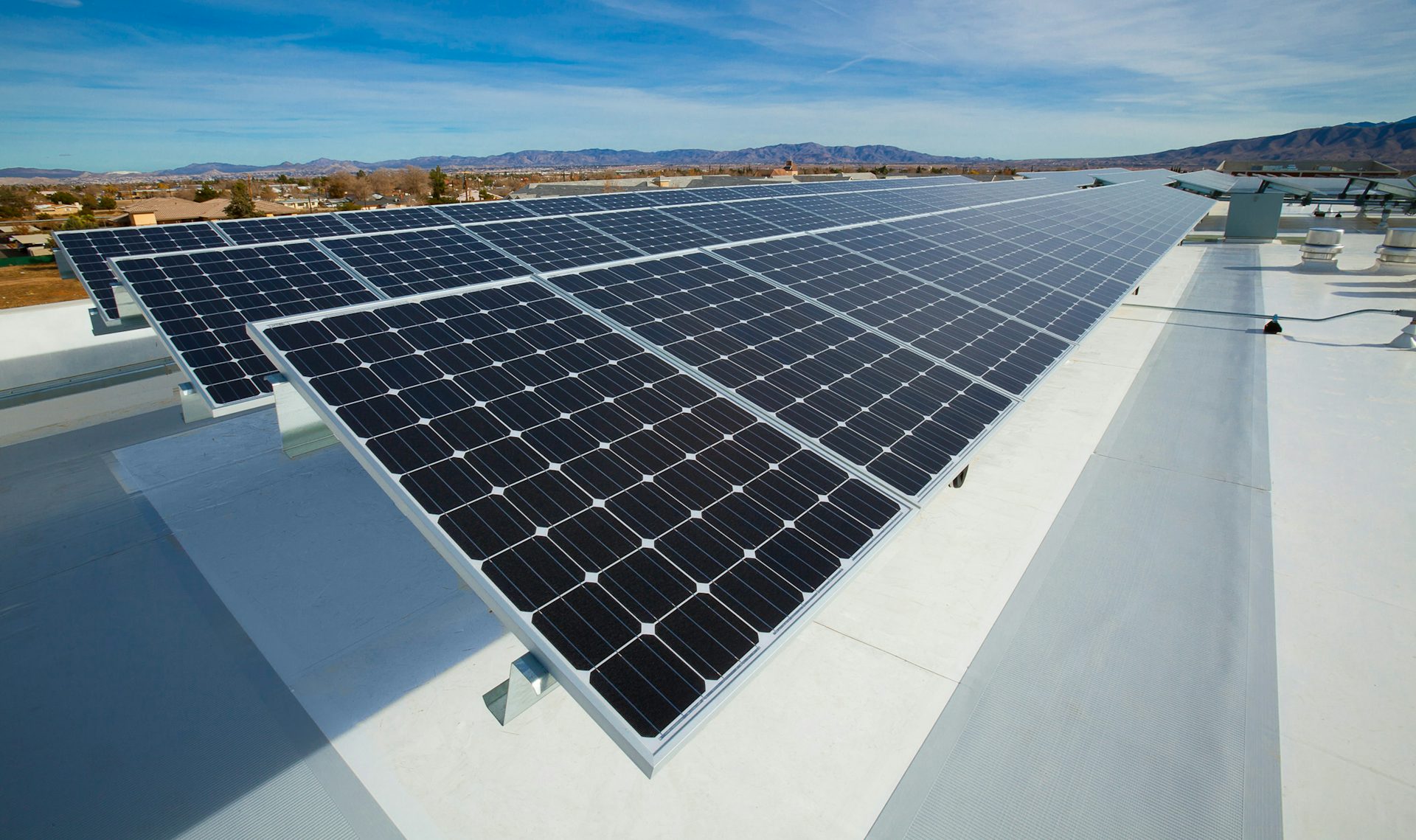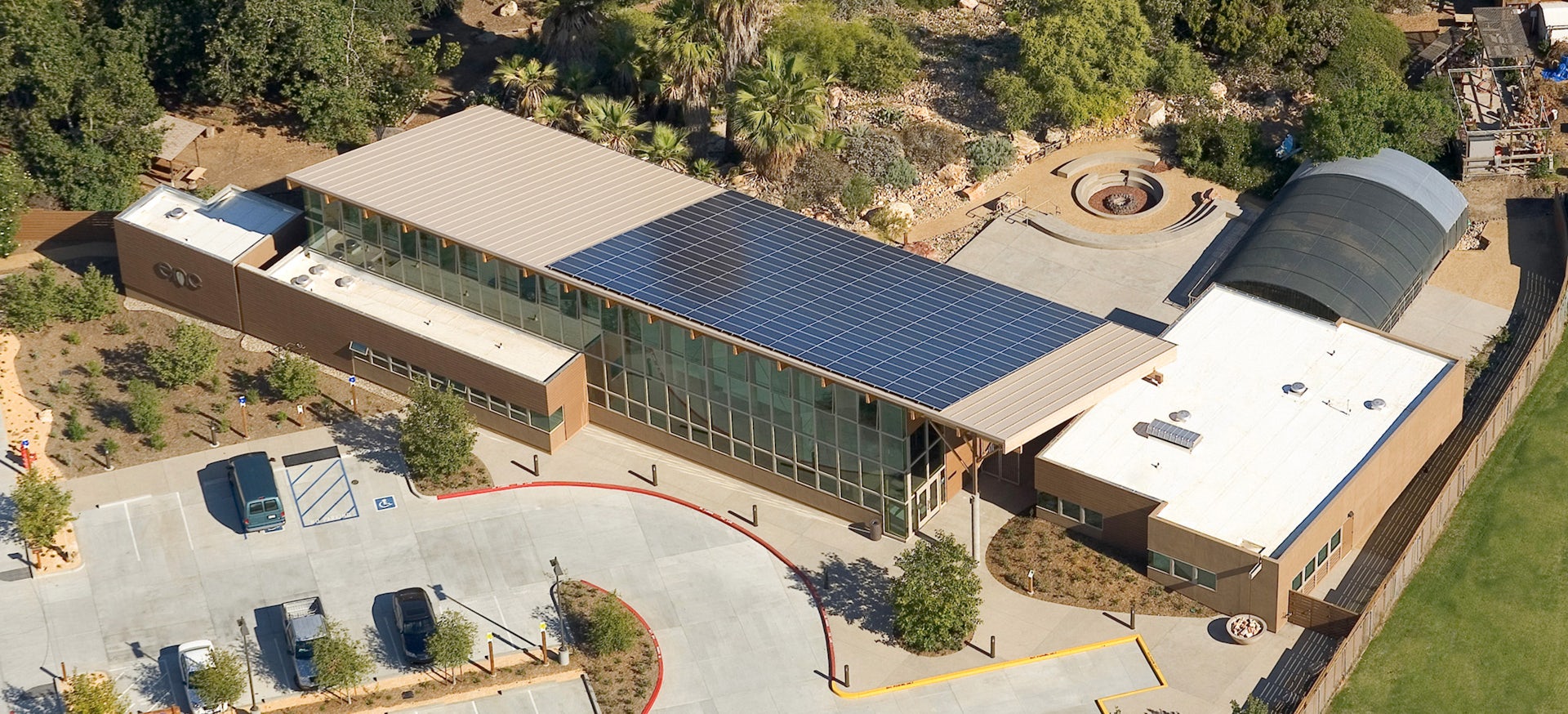By Erik Ring
Director of Engineering, LPA Design Studios
The California Energy Commission (CEC)’s most recent update of the California Energy Code (Title 24, Part 6) went into effect Jan. 1 for new project submissions. The 2022 Energy Code advances state policy agenda for increasing renewable energy sources, improving electric grid reliability, and reducing energy-related carbon emissions and air pollution.
The most significant changes in the Energy Code, which is updated every three years, adds requirements for photovoltaics and battery storage in most newly built commercial buildings in California. The 2022 Energy Code also encourages electrification and wider adoption of electric heat pumps for space heating and water heating along with a host of other energy efficiency measures.
In addition, the 2022 California Green Building Code (Title 24, Part 11) significantly increases requirements to add electric vehicle charging stations for newly built parking.
California Code Update Boosts PV Systems, Batteries, EV

Solar Requirements
The California Energy Code was first developed in the 1970s to require common sense energy efficiency measures for building envelope, lighting, and HVAC systems in new California buildings. Energy efficient design remains the most cost effective and impactful way to minimize the energy use and associated carbon emissions of buildings.
In 2019 the California Energy Code began requiring new residential buildings to include solar photovoltaic (PV) energy systems and commercial buildings to set aside roof space for future PV systems. The 2022 code update makes California the first state to require most commercial buildings to install PV systems along with battery energy storage.
The code is designed to push new commercial buildings to offset 60% or more of typical energy use with on-site PV energy, with batteries installed to manage the load and reduce energy export to the electric grid during peak solar periods. California is already a leader in solar energy production with more than 20% of the state’s electricity generated from utility-scale and distributed PV systems. Additionally, the price of PV systems has fallen dramatically in the past decade, while grid electricity and other energy costs continue to rise.
For all of these reasons, installing on-site PV systems to comply with the 2022 Energy Code will make sense from both an economic and environmental point of view for most new buildings. Project owners and design teams will, however, need to rigorously plan, design, and budget for the PV systems. It’s no longer an option that may be easy to remove from a project; it’s a code requirement.

New Battery Storage Requirements
While PV systems are a common part of the design discussion for most commercial buildings these days, large battery energy storage systems are relatively uncommon and expensive. The 2022 Energy Code includes a requirement to provide battery storage capable of storing 1 to 2 hours of the full output of the required PV system. This battery requirement addresses the increasing problem of excess solar electricity during certain periods — especially Spring days when solar energy is plentiful but overall grid demand is low. As California continue to increase the photovoltaic energy capacity in the state, we will need systems (batteries) that allow building owners to store excess energy when the PV output is high in the middle of the day and then use that energy later in the day.
Large scale battery systems remain, however, an emerging technology. Design teams will need to plan and budget for batteries in new commercial buildings and owners will need to manage the control systems that charge and discharge the battery systems.

Growth of Electric Vehicles
California is also a leader in electric vehicles (EV) with almost 40% of the current EVs in the United States. In 2021, 18% of new vehicle registrations in California were EVs. Transportation, however, also remains the largest sector for global warming and air pollution in California. The state has established rules so that by 2035 all new cars and light trucks sold in the state will be EVs. With this growth in EVs, however, the state must also develop electric vehicle charging infrastructure to accommodate the growing fleet of electric vehicles.
The 2022 CalGreen significantly increases the responsibility for project owners who develop new parking spaces to add EV charging stations. The previous code required that 10% of new parking spots be designed to accommodate future EV charging equipment. The 2022 code doubles the requirement for future EV infrastructure to 20% and, more significantly, requires that 5% of parking spots include “electric vehicle supply equipment.” The new code language does not have exceptions for building types but does allow the local enforcing agency to waive this requirement on a case-by-case basis. Building designers and owners will need to plan and budget for these new EV charging requirements, which will have a significant electrical service impact on projects with expansive parking, such as retail and commercial projects.
The 2022 Energy Code makes dozens of other updates to requirements for building envelope, HVAC, lighting, power, and water heating systems for California buildings. But as with all aspects of state building codes, while the rules may come from the State, the enforcement of these rules is by local cities and other agencies. There are aspects of the California Energy Code that are not well understood by the either building industry or by local agencies, and therefore are often disregarded.
It remains to be seen how individual agencies will interpret, apply, and enforce the new requirements of the 2022 Energy Code. Conservation will continue to play an important role in reducing demand. But it is clear that intention and the likely outcome of these code changes will be more energy efficient buildings in California, with a big increase in PV, battery and EV charging systems, and significantly reduced emissions and energy costs.














